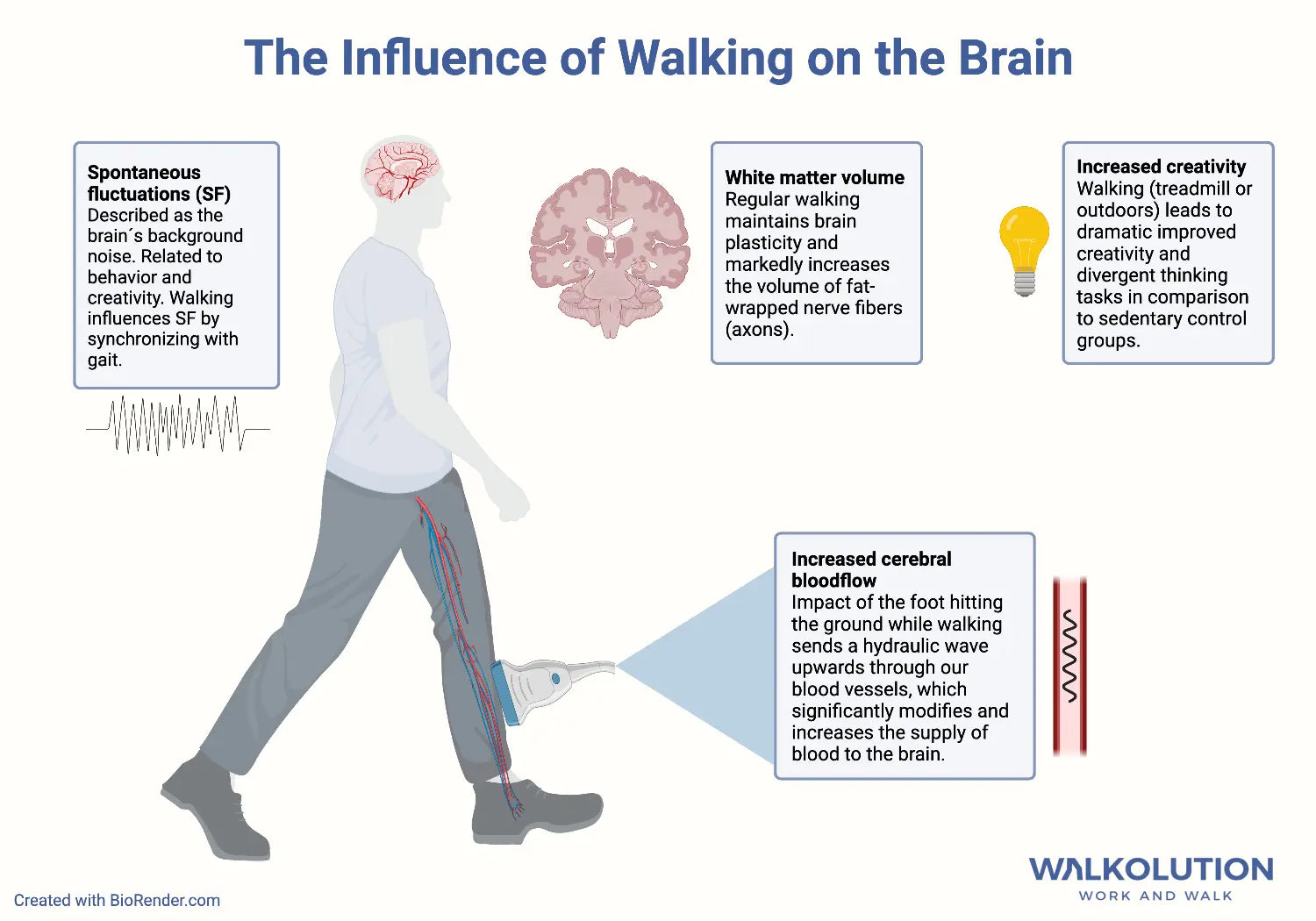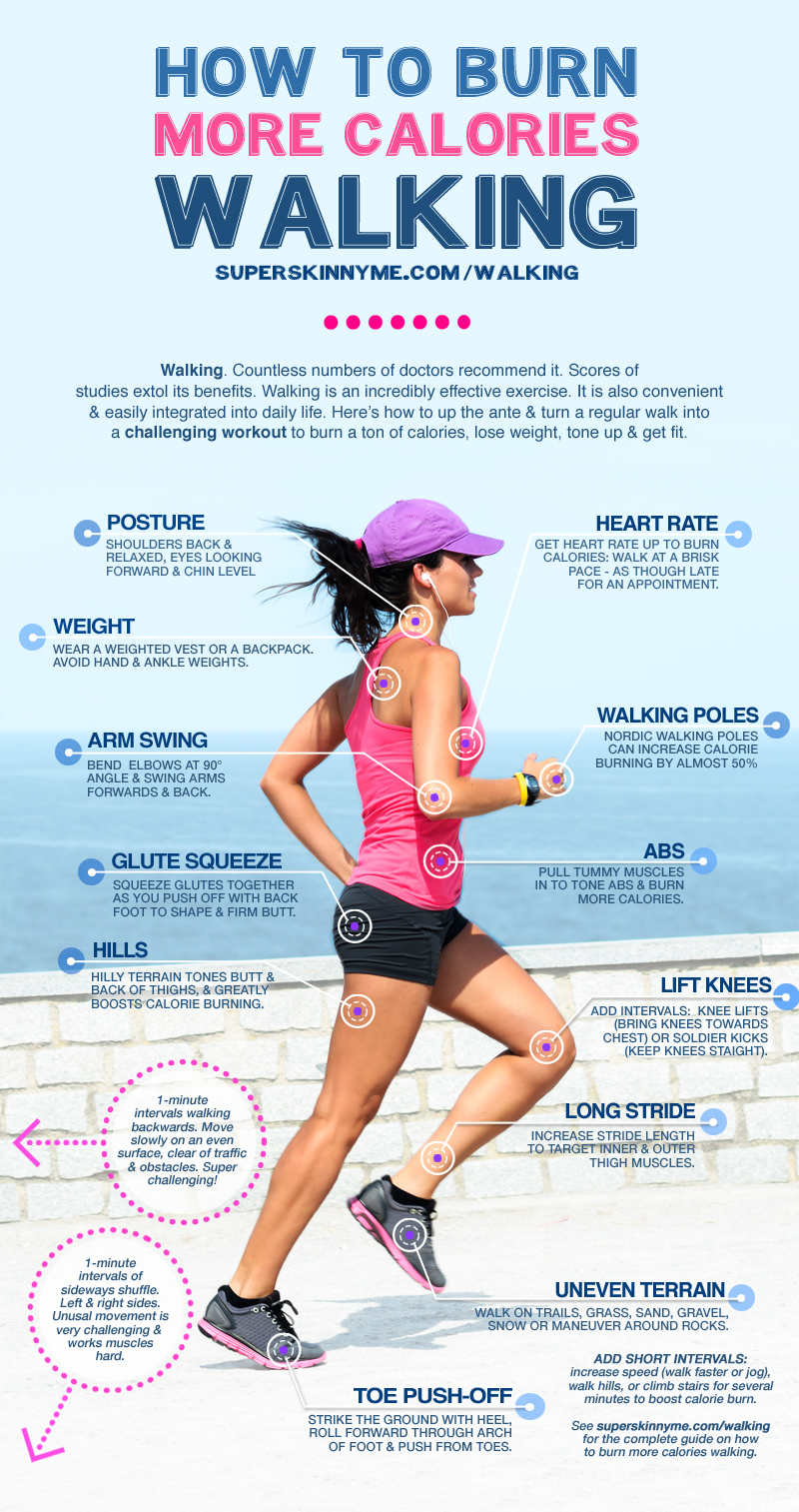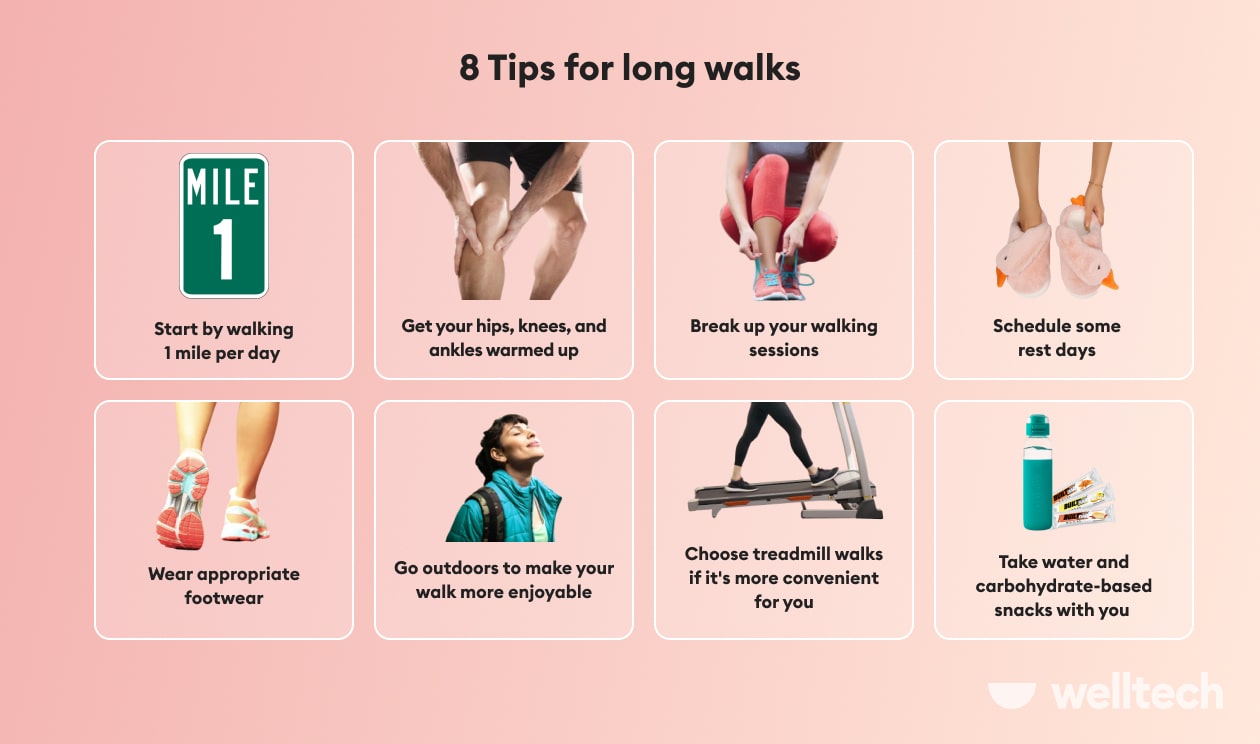Step by Step to a Healthier You: The Amazing Benefits of Walking
We live in a world obsessed with quick fixes and intense workouts. But sometimes, the simplest solutions are the most effective. Walking, an activity often overlooked in our pursuit of the "perfect" exercise routine, is a powerful tool for improving both physical and mental well-being. In this post, we'll explore why walking is suitable for most people and the incredible benefits it offers.
Why Walking is for Everyone
Walking's greatest strength lies in its accessibility. Unlike many forms of exercise, it requires minimal equipment – just a comfortable pair of shoes! This makes it perfect for people of all ages, fitness levels, and backgrounds.
Whether you're a seasoned athlete or someone just starting their fitness journey, walking can be adapted to your individual needs. You can adjust the intensity, duration, and terrain to create a workout that's challenging yet manageable. And the best part? It's completely free! No gym memberships, expensive equipment, or specialized training are required. This makes it a truly democratic form of exercise, accessible to everyone regardless of their financial situation. Finally, walking seamlessly integrates into daily life. Instead of viewing it as a separate chore, incorporate it into your existing routine – walk to work, take the stairs, or simply go for a stroll during your lunch break.
Boosting Your Physical Health
Walking's impact on physical health is substantial and
far-reaching, affecting various systems and processes within the body. It's a
remarkably effective way to improve overall fitness and reduce the risk of
chronic diseases.
1. Cardiovascular Health: Strengthening Your Heart
Walking is a fantastic cardiovascular workout, improving the
efficiency of your heart and circulatory system. Regular walking strengthens
the heart muscle, lowers blood pressure, and improves blood flow throughout the
body. This reduced strain on the cardiovascular system
significantly lowers the risk of developing heart disease, stroke, and other
cardiovascular complications. Walking also helps improve
cholesterol levels, reducing the buildup of plaque in arteries and maintaining
healthy blood vessels.
2. Weight Management: A Simple Approach to Healthy Weight
Walking is an effective tool for weight management,
contributing to both weight loss and weight maintenance. It burns calories,
boosts metabolism, and helps regulate appetite. While not as
intense as some other forms of exercise, the cumulative effect of regular
walking can lead to significant weight loss over time, especially when combined
with a healthy diet. Walking also helps build lean muscle mass,
which further boosts metabolism and contributes to long-term weight management.
3. Bone Health: Strengthening Your Skeleton
Walking is a weight-bearing exercise, meaning it puts stress
on your bones, stimulating bone growth and increasing bone density. This is particularly crucial for preventing osteoporosis, a condition
characterized by weakened bones and increased risk of fractures. Weight-bearing
exercises like walking help maintain bone strength and reduce the risk of
age-related bone loss. This benefit extends to all age groups,
helping maintain healthy bones throughout life.
4. Muscle Strength and Endurance: Building a Stronger Body
While not as intense as weight training, walking still
strengthens muscles, particularly in the legs and core. Regular walking
improves muscle endurance, enabling you to walk for longer periods without
fatigue. This increased muscle strength and endurance translates
to improved balance, coordination, and overall physical function, reducing the
risk of falls and injuries.
5. Improved Balance and Coordination: Maintaining Agility
Walking requires balance and coordination, and regular
practice enhances these skills. This is particularly beneficial for older
adults, who are at increased risk of falls. Improved balance and coordination
reduce the risk of falls, enhancing mobility and independence.
Walking can also help improve proprioception, the body's awareness of its
position in space, further contributing to better balance and coordination.
6. Reduced Risk of Chronic Diseases: A Proactive Approach to
Health
The benefits of walking extend to the prevention of numerous
chronic diseases. Regular walking is linked to a reduced risk of developing
type 2 diabetes, certain types of cancer, osteoarthritis, and other chronic
conditions. By improving cardiovascular health, regulating blood
sugar levels, and reducing inflammation, walking helps mitigate the risk
factors associated with these diseases.
Nurturing Your Mental Well-being
Walking's impact extends beyond the physical realm. It's a
powerful tool for improving mental health, acting as a natural stress reliever.
Taking a walk allows you to clear your head, disconnect from daily stressors,
and gain a fresh perspective.
1. Stress Reduction and Relaxation
In today's fast-paced world, stress is a pervasive issue.
Walking provides a much-needed escape from daily pressures. The rhythmic
movement, combined with exposure to nature (if walking outdoors), creates a
calming effect on the nervous system. This rhythmic activity helps regulate the
body's stress response, reducing the production of stress hormones like
cortisol. The act of focusing on the physical sensation of
walking can also be a form of mindfulness, pulling your attention away from
anxious thoughts and worries.
2. Mood Enhancement and Emotional Regulation
Walking triggers the release of endorphins, often referred
to as "feel-good" chemicals. These neurotransmitters interact with
receptors in the brain, reducing feelings of pain and inducing a sense of
euphoria and well-being. This natural mood boost can be
particularly helpful for individuals experiencing mild to moderate symptoms of
depression or anxiety. The improved mood isn't just temporary; regular walking
can contribute to a more stable and positive emotional state over time.
3. Cognitive Function and Mental Clarity
Walking isn't just good for your mood; it's also beneficial
for your cognitive function. Physical activity improves blood flow to the
brain, delivering oxygen and nutrients essential for optimal brain function. This increased blood flow can enhance memory, concentration, and
overall cognitive performance. Walking can also help clear mental fog and
improve focus, making it a valuable tool for boosting productivity and
creativity. Studies have even shown that walking can enhance problem-solving abilities
and improve creative thinking.
4. Improved Sleep Quality
Regular physical activity, including walking, plays a
crucial role in regulating sleep patterns. Walking helps regulate the body's
natural sleep-wake cycle (circadian rhythm), promoting better sleep onset and
improving sleep quality. Improved sleep, in turn, has a cascading
effect on mental health, reducing fatigue, improving mood, and enhancing
cognitive function.
5. Social Connection and Reduced Isolation
Walking doesn't have to be a solitary activity. Walking with
a friend, family member, or even a pet can provide opportunities for social
interaction and connection, combating feelings of loneliness and isolation. Shared walks can strengthen relationships, provide a sense of
belonging, and boost overall well-being.
6. Enhanced Self-Esteem and Confidence:
Achieving fitness goals, no matter how small, can have a
significant impact on self-esteem and confidence. The simple act of
consistently incorporating walking into your routine can foster a sense of
accomplishment and self-efficacy, leading to a more positive self-image and
increased self-belief.
How much to Walk?
It's not just about walking, it's about walking effectively
for health benefits. Let's explore the information.
Frequency
- The consensus is at least 30 minutes most days of the week.
- It
doesn't have to be continuous - Breaking it up into shorter walks
throughout the day is perfectly fine.
Duration
- Aim
for 30 minutes per day.
- This
translates to 150-300 minutes per week - according to the 2018 Physical Activity
Guidelines for Americans.
- Even
shorter bouts can be beneficial - Interruptions of sitting with 3-5 minutes
of walking every 30 minutes can improve blood glucose control.
- Moderate
intensity is key - This is defined as having a metabolic
equivalent (MET) of 3.0-6.0, or a pace of about 2.5 to 4.2 mph.
- Brisk
walking is a good indicator - You should be able to talk but not sing
comfortably while walking.
- Faster
pace = greater benefits - A growing body of research suggests that
walking faster provides more health benefits.
Step Count
- Aim
for 9,800-10,000 steps per day - This is a good target for overall health
benefits.
- Lower
step counts can still be beneficial - Studies show that even 4,400 steps per day
can reduce mortality rates.
- Don't
get fixated on a specific number - Focus on consistency and listen to your
body.
- Start
gradually and listen to your body - If you're new to walking, begin with
shorter walks and gradually increase your duration and intensity.
- Consult
with a healthcare professional - This is especially important if you have
any pre-existing health conditions.
- Make
it enjoyable - Choose routes you enjoy, walk with friends,
or listen to music to make walking more engaging.
Conclusion: Step Into a Healthier Future
Walking is more than just a simple activity; it’s a
powerful, accessible, and effective way to enhance both physical and mental
well-being. With benefits ranging from improved cardiovascular health and
weight management to reduced stress and enhanced mood, it’s clear why walking
should be a fundamental part of our daily lives.












:max_bytes(150000):strip_icc()/VWH-How-long-does-it-take-to-walk-10-miles-FINAL-e829eb99bbba498bbec04f296c0f80de.jpg)





Comments
Post a Comment